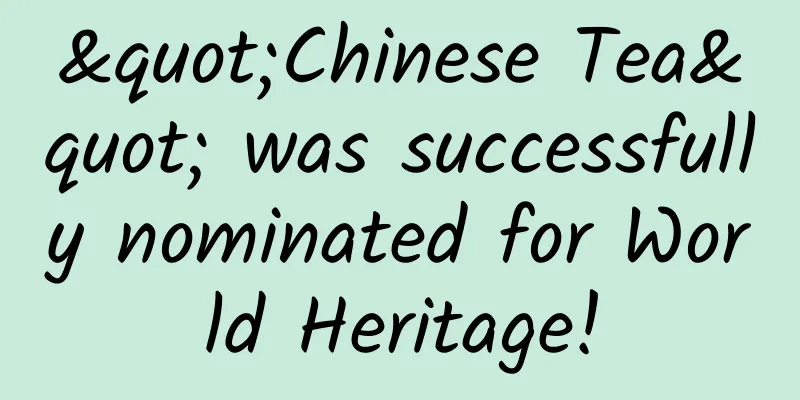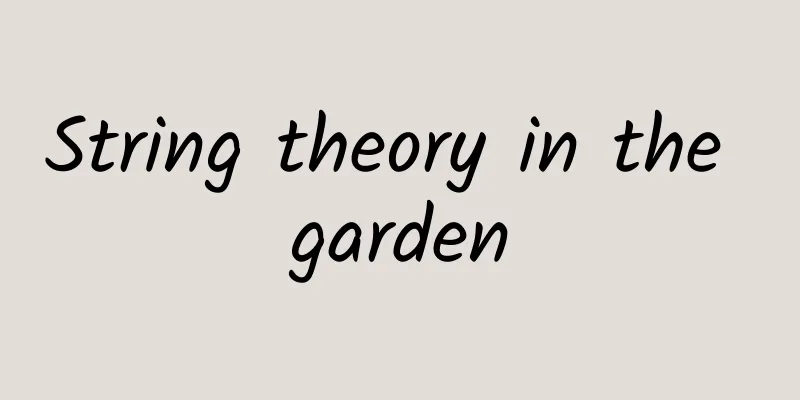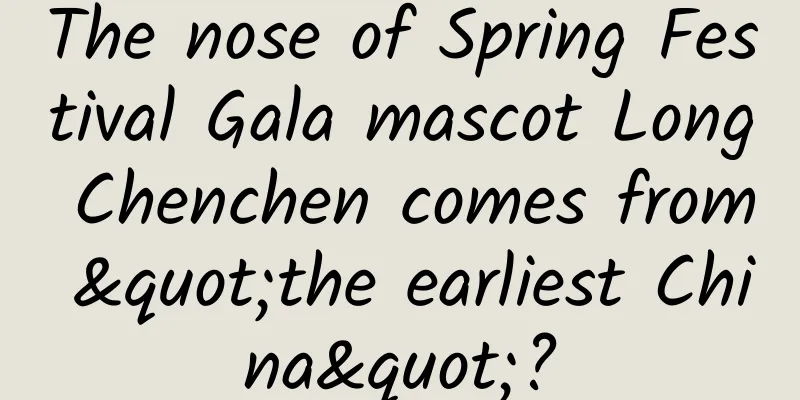"Chinese Tea" was successfully nominated for World Heritage!

|
On the evening of November 29th, Beijing time, the project "Traditional Chinese Tea Making Skills and Related Customs" submitted by China was approved by the UNESCO Intergovernmental Committee for the Safeguarding of the Intangible Cultural Heritage and was included in the UNESCO Representative List of the Intangible Cultural Heritage of Humanity. So far, China has a total of 43 intangible cultural heritage projects included in the UNESCO Intangible Cultural Heritage List and Register, ranking first in the world. Tea pickers pick tea in a tea garden in Wuyi Mountain, Fujian. Photo by Zhang Xiaoxi "Traditional Chinese tea making techniques and related customs" are the knowledge, skills and practices related to tea garden management, tea picking, tea hand-making, and tea drinking and sharing. According to local customs, tea makers use tools such as woks, bamboo plates, and baking cages, and apply core techniques such as killing green tea, steaming yellow, piling, withering, making green tea, fermentation, and scenting to develop six major types of tea, including green tea, yellow tea, black tea, white tea, oolong tea, and black tea, as well as processed tea such as scented tea. There are more than 2,000 kinds of tea, which meet the various needs of the people with different colors, fragrances, tastes, and shapes. A tea maker is withering the "Fuding White Tea". Photo by Zhu Gangqun Drinking and tasting tea permeate the daily life of Chinese people. People drink and share tea by brewing or boiling it at home, in the workplace, in teahouses, restaurants, temples and other places. Drinking tea is an important medium of communication in activities such as making friends, weddings, worshipping teachers and worshipping sacrifices. Tea is used to entertain guests, to strengthen kinship, to make good neighbors and to make friends. It is shared by many ethnic groups and provides a sense of identity and continuity for related communities, groups and individuals. "What can I do to add to the quietness after returning home? I make tea by myself in front of the small stove lamp." "I love the arrival of good guests in the cool evening, and I brew a pot of new tea with pine moss." There are countless poems and lyrics related to tea in the writings of ancient Chinese literati and poets. The project has been passed down from generation to generation, forming a systematic and complete knowledge system, extensive and in-depth social practice, mature and developed traditional skills, and a rich variety of handicrafts. It embodies the values of humility, harmony, courtesy, and respect upheld by the Chinese people, has a profound impact on moral cultivation and personality shaping, and has promoted the exchange and mutual learning of world civilizations through the Silk Road, playing an important role in the sustainable development of human society. Source: People's Daily Online |
<<: What does a tree sparrow look like?
>>: Both are made of carbon, so why is graphite soft and diamond hard?
Recommend
iPhones shut down due to freezing? Apple responds: It's too cold
This cold wave was so severe that it affected eve...
5,000 yuan is not important, you may lose Alipay and WeChat Pay
[[143843]] Your favorite Wu Meiniang has had her ...
Business logic of operation: CAC and CLV
We often talk about our hypothetical business mod...
7 kinds of marketing techniques, which one would you use?
After Erke became famous because of its donations...
Zhongshan jewelry mini program customized development, who is the best jewelry mini program?
With the opening of various functions of mini pro...
Operational skills and ideas for playing short videos
In recent years, short videos have occupied the l...
How to sell tens of millions of wine through short videos?
Short video sales have become a common sales meth...
Roasted oranges are good for relieving cough and reducing phlegm? Oranges are full of treasures
Science Fiction Network, December 20th: Recently,...
iPhone 6C leak is not a failure, it is good for Apple
On May 31, Forbes Online published an article sig...
2020 Shanghai College Entrance Examination Results Query Date Shanghai College Entrance Examination Results Query Method Entrance Query
On July 9, the 2020 Shanghai Unified College Entr...
What are the functions of the photography applet? How much does it cost to create a professional photography app?
Everyone's exposure to photography is differen...
Chen Xudong: Lenovo has revived Moto's revolutionary and innovative spirit
After being first released in the US market in Ju...
It has become a consensus among manufacturers to compete on technology and appearance and make TV thinner
With the advancement of science and technology ye...
Industrial or craft beer? Look for these two points to easily buy cheap and good beer
In the hot summer, besides air conditioning and w...
If the silver jewelry you wear turns black, does it mean that your body is detoxifying? The truth is...
"When you wear a silver bracelet and it turn...









